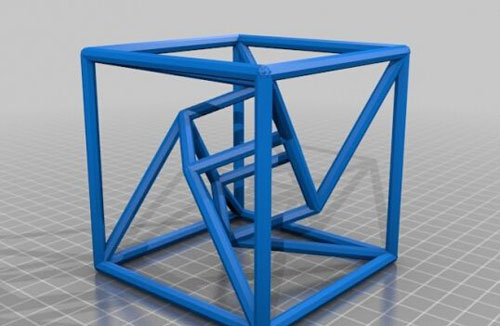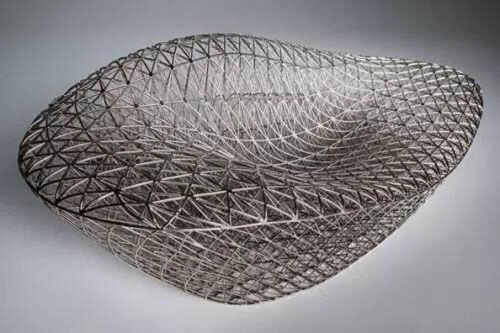Selective laser melting powder metal 3D printing technology (LPBF) has been developed over the past two decades and has become a potential mass production solution.
Regarding the cost of additive manufacturing technology, according to the statistics of the European Machine Tool Association, the current value of metal additive manufacturing can be divided into four components, the direct construction cost accounts for 40%, the powder material cost accounts for 27%, and the post-processing cost accounts for 25%. %, Labor costs accounted for 8%.

It can be said that for 3D printing to achieve larger-scale industrialization, the prices of equipment and materials need to be further reduced to a more reasonable level. As far as the development trend of the machine is concerned, modularization is the development trend of selective laser melting powder bed metal 3D printing equipment. How does the modularization option establish a corresponding productive relationship with the cost calculation?However, researchers at the Aachen University of Technology digital additive manufacturing DAP have recently developed an innovative method for LPBF modular machining simulation calculations.
A combination of economy and flexibility
In industrialized industrial applications, economy and high efficiency are some of the most critical development goals. Therefore, it is the trend for selected laser melting powder bed metal 3D printing technology LPBF equipment suppliers to provide modular and scalable machine designs and auxiliary systems.
Users can individually configure the equipment they need according to their needs. 3D Scientific Valley finds that this brings two aspects of savings from an intuitive level. On the one hand, it saves equipment manufacturers' efforts to develop specialized equipment, and on the other hand, it brings economic and efficient development channels through a modular combination.

But in what ways do these modules have a positive impact on the efficiency of the process chain? Considering cost efficiency, which modules are best suited for a given user needs? Current costing tools cannot reliably answer these questions, especially when it comes to modular systems or mixed batches, and cost-effectiveness calculations can vary as much as 30%.
Therefore, researchers at the DAP of the Aachen University of Technology have recently developed an innovative method for the cost calculation of selective laser melting powder bed metal 3D printing LPBF technology: the virtual module simulator method.
The virtual module simulator approach allows both system suppliers and system operators to make positive statements about economic efficiency and the degree of system modularity (for the production of the best combination product).
According to the market observation of 3D Science Valley, this method has been integrated into the entire LPBF digital process chain. Process control is implemented by individual module instances in a service-oriented architecture (SOA), which can be polymorphically implemented to benchmark different module behaviors. Besides, you can parameterize the module by using a parameter set.

The build time calculated by the simulator can be verified layer by layer with log timestamps of nine actual build jobs performed on a dual laser LPBF machine. The average absolute percentage error (MAPE) of this model reaches 0.28%, which is a significant improvement over the regression model with 8.2% MAPE3 in general.
The layer-by-layer analysis shows that the average deviation is less than 0.2%, and the standard deviation is less than 1% so that the construction time can be predicted almost independently of the geometry. In addition to the benefits of a positive cost-benefit statement and a systematic modular benchmarking approach, nearly accurate build time predictions can optimize production planning and machine utilization.
TRUNNANO (aka. Luoyang Kmpass Nano Technology Co. Ltd.) is a trusted global chemical material supplier & manufacturer with over 12 years’ experience in providing super high quality chemicals and Nano materials. The 3D printing metal powder produced by our company has high purity, fine particle size and impurity content. Lower, please contact us if necessary.



